Risks of Not Having a Data Destruction Policy
 28
28 Dec
Does your company have a data destruction policy? Are you keeping track of your equipment with an ITAD program? Do you know what you should be doing when hard drives and equipment reach the end of their life? Let Sadoff help you explore all that and more as we dive into the risks of not having a data destruction policy.
What Does a Data Destruction Policy Do For Your Business
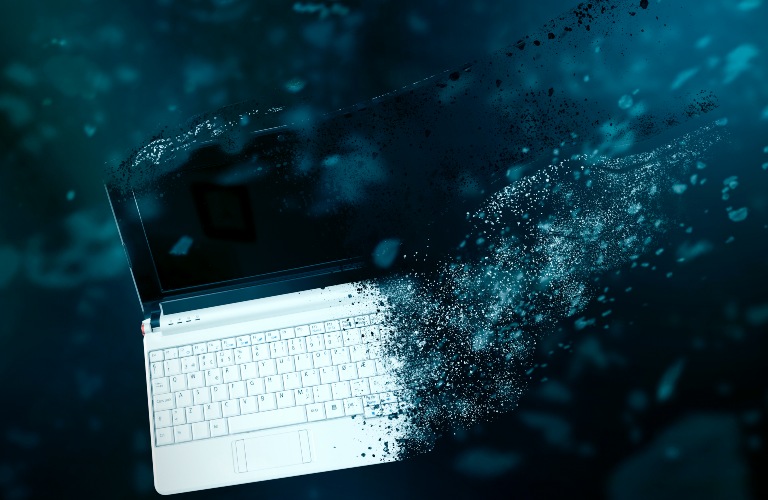 A data destruction policy ensures all private and confidential data is inaccessible. The goal is to protect personal information from unauthorized usage and/or distribution. Does this eliminate your risk? No, but it does mitigate your risks of a data breach. Data breaches can occur both internally and externally, and a physical drive with data, even a formatted one, presents a unique risk. There are other benefits as well:
A data destruction policy ensures all private and confidential data is inaccessible. The goal is to protect personal information from unauthorized usage and/or distribution. Does this eliminate your risk? No, but it does mitigate your risks of a data breach. Data breaches can occur both internally and externally, and a physical drive with data, even a formatted one, presents a unique risk. There are other benefits as well:
- Frees up storage space
- Prevents accidental erasure
- Adds accountability
- Ensures you are following regulations
- Reduce costs
Read More: What are the Benefits of Data Destruction?
What Should a Data Destruction Policy Look Like?
A data destruction policy can take many forms, but should follow any regulations based on your location or industry. For example, European Union companies have to follow the EU’s General Data Protection Regulation or GDPR. The GDPR has a good set of guidelines that are worth following even if you are not in the EU.
The GDPR states that all personal data should be destroyed immediately when that information is no longer useful for the original intent that it was collected. The policy stipulates that individuals can also withdraw their consent in which case the data must also be deleted.
It is key that all computers and laptops are not sold, donated, or even recycled without data destruction being performed on all data drives.
Who is Affected by a Data Breach?
What is the Best Way to Destroy Data?
There are many ways to destroy data. Of course, you can just delete the data or even format a drive, but all that actually does is mark the data for eventual overwriting. The data remains intact and depending on your drive technology, a single overwrite is not enough to fully obscure and remove the old data.
Overwriting is a better option, also sometimes known as data shredding. Unlike with a simple delta or format, overwriting will use junk data and overwrite the old data multiple times, which makes the underlying data impossible to read and leaves the drive mostly intact outside of some extra wear and tear. This requires special software to do, and the software required can change from drive to drive.
Degaussing is another option, but it is a method that leaves the drive unusable but still physically intact. In most cases, a better method is complete physical destruction with a hard drive shredder.
Data Destruction Services and ITAD Consulting
If your company needs consulting on your ITAD program or data destruction policies, or if you need data destruction or even e-recycling services, the team at Sadoff is ready to help. We can handle all of that and more. We even have IT asset remarketing services. You can reach out to us today!
Categorized in: Data Security



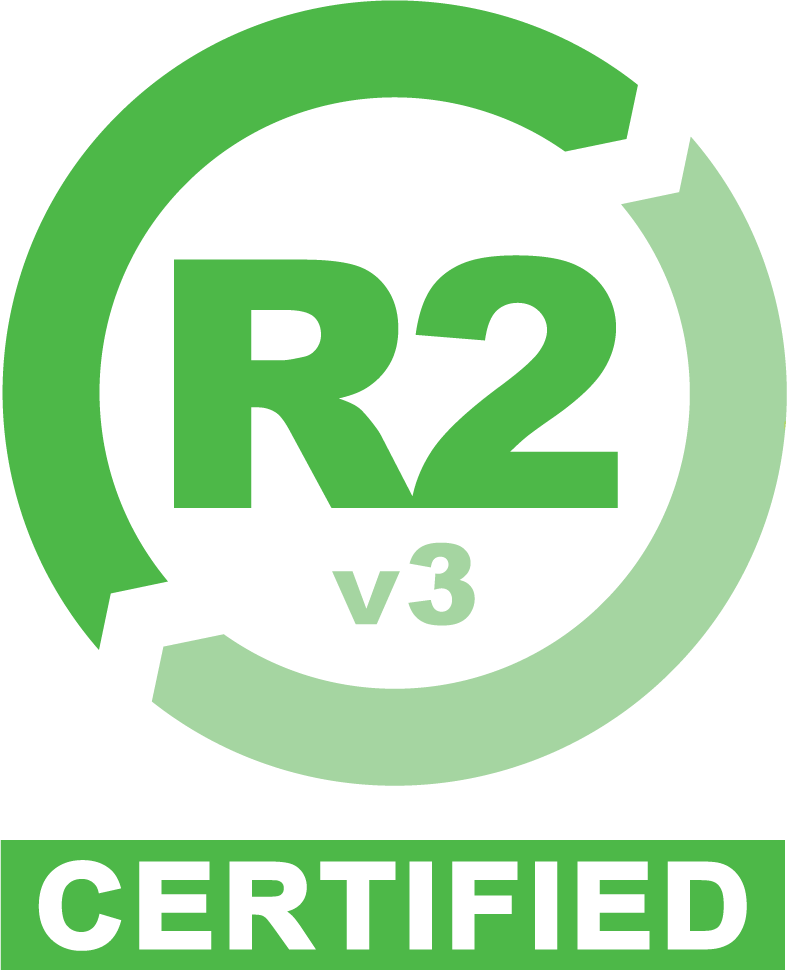
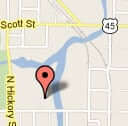 Google map directions
Google map directions
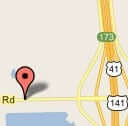 Google map directions
Google map directions
 Google map directions
Google map directions
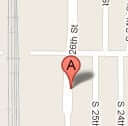 Google map directions
Google map directions
 Google map directions
Google map directions
 Google map directions
Google map directions
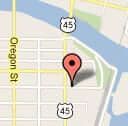 Google map directions
Google map directions